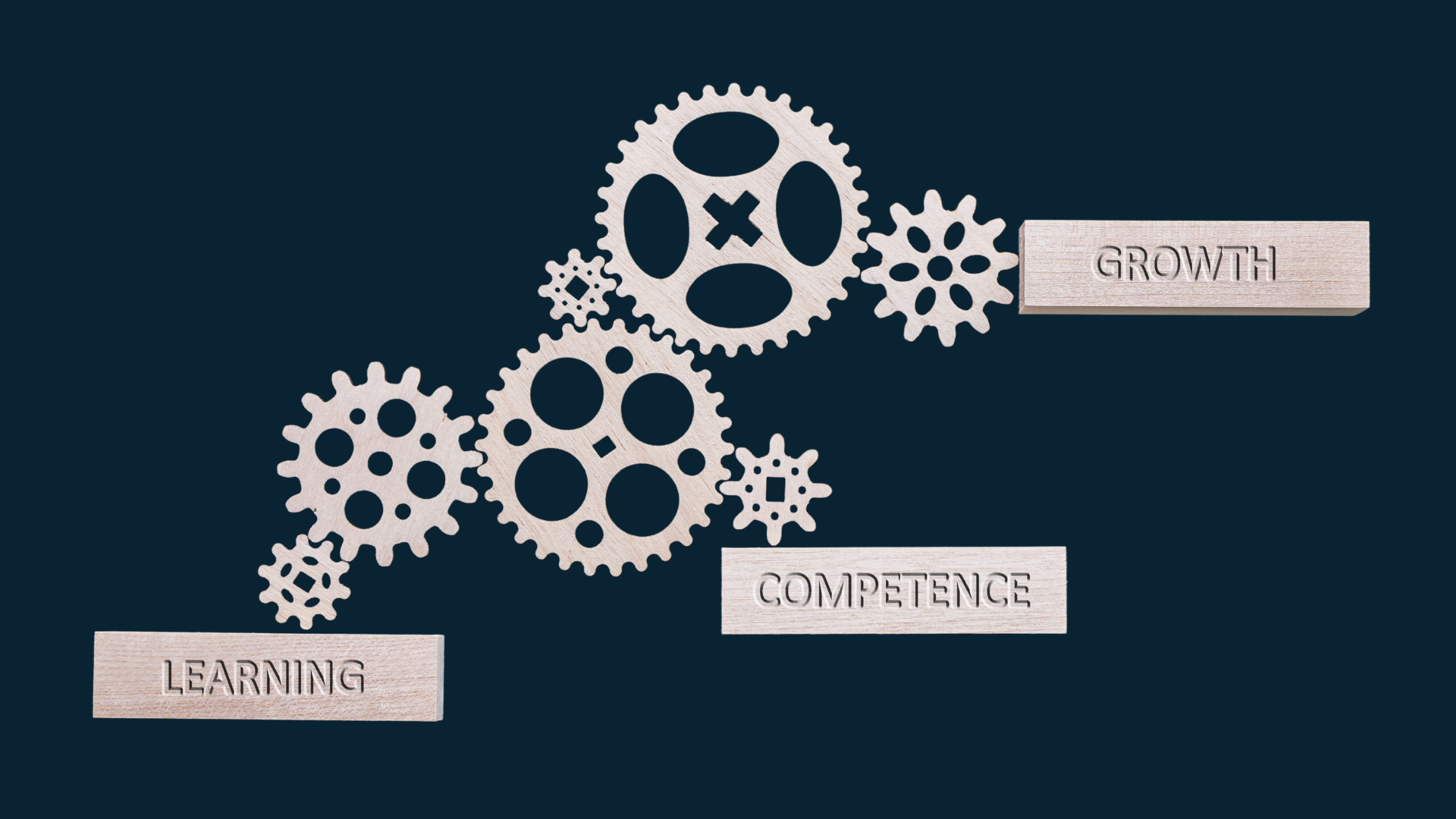Incorporating core competencies into performance reviews
A strategic approach for organizational success
By Clarissa Sinchak, PHR; director of HR, Young & Associates
It is widely known that performance reviews are key to how your organization can measure individual and, ultimately, company-wide growth and success. Performance reviews are not just about measuring what employees have accomplished throughout the year but are also created to identify opportunities to grow, develop and achieve their full potential through meaningful and intentional conversations with their managers. Additionally, they offer a chance to recognize achievements, identify areas for improvement, and set future goals and objectives. However, the real power of performance reviews is evident when core competencies are strategically aligned with your company’s goals. In doing so, it ensures that individual employee contributions are recognized and directly tied to the mission and vision of the organization, ultimately fostering a purpose-driven workforce.
What are core competencies?
In today’s competitive business world, organizations must possess specific strengths to separate themselves from the competition to guarantee long-term success. These strengths, also known as core competencies, establish the organization’s foundational knowledge, skills, defining products, services and capabilities that give a business an advantage over its competitors and ultimately drive its growth. These are behaviors and skills that employees in your company often either inherently possess or aim to develop over time to achieve their personal goals and perform well in their roles.
When leaders clearly define and communicate these strengths, they help ensure that all employees see a direct connection to the organization’s mission, which promotes more significant commitment and greater individual contributions. By aligning them with organizational goals, business leaders can ensure that employees prioritize the desired behaviors and work habits that contribute to them.
Some common examples of core competencies might include, but are not limited to:
- Initiative
- Decision-Making
- Teamwork
- Communication
- Adaptability
- Client Service
- Technical Job Knowledge
- Interpersonal Skills
- Integrity
How to develop your organization’s core competencies
Developing core competencies within your organization requires deliberate thought, strategic alignment with the company’s long-term goals and a commitment to continuously improving. Business leaders should take a systematic approach when incorporating them into the performance review processes.
Defining the organization’s mission & goals
First, developing core competencies begins with understanding the organization’s purpose and aspirations, so business leaders should clearly define this in addition to their goals. Once they achieve this, leaders should openly communicate their strategy to employees to create buy-in and to build an overall understanding. A clearly articulated company vision is the basis for identifying the areas where the organization must excel. Leaders ensure transparency in communication by focusing the core competencies on capabilities that directly contribute to the company’s competitive positioning.
Identifying strengths & gaps in current capabilities
A second essential step in creating core competencies is identifying your company’s strengths and gaps. Leaders can evaluate and analyze current skills, resources, and processes by working with human resources to conduct an internal assessment. This analysis highlights areas of expertise within the organization and exposes any opportunities for improvement. Understanding your organization’s current state makes it easier to create development initiatives in the areas that guarantee the most significant value.
Fostering a culture of learning & development
A third key step in developing core competencies is promoting a workplace culture that prioritizes learning and development for employees at all levels of the organization. Investing in their growth is imperative because employees are fundamental to any company’s success. When leaders offer training programs, mentoring, and knowledge-sharing programs, employees build expertise in the company’s defined core competencies. Promoting open and ongoing communication, recognizing achievements, and encouraging accountability ensures employees work towards the same objectives.
Continuously evaluating & adapting competencies
Lastly, it is essential to note that core competencies require continuous modification and evaluation as your company’s goals progress over time. For example, the market might change, client expectations might evolve, and competitors undoubtedly will vary over time. Therefore, evaluating and monitoring your core competencies and considering these potential changes is critical. Continuously assessing the effectiveness of these core competencies within performance reviews while simultaneously benchmarking against your industry’s standards is essential to guarantee that they remain relevant and have a desired impact. This creates a consistent and ongoing framework for evaluating employee contributions, making reviews transparent and predictable while reinforcing the organization’s core values and priorities.
In summary, establishing core competencies within your organization is a significant undertaking that combines internal strategy and alignment while focusing on developing your employees to set them up for success. Companies that can build and maintain these core competencies position themselves to grow and thrive. By incorporating core competencies into performance reviews, companies will see an uptick in employee engagement and the desire to increase their productivity to enable the organization to propel forward.


